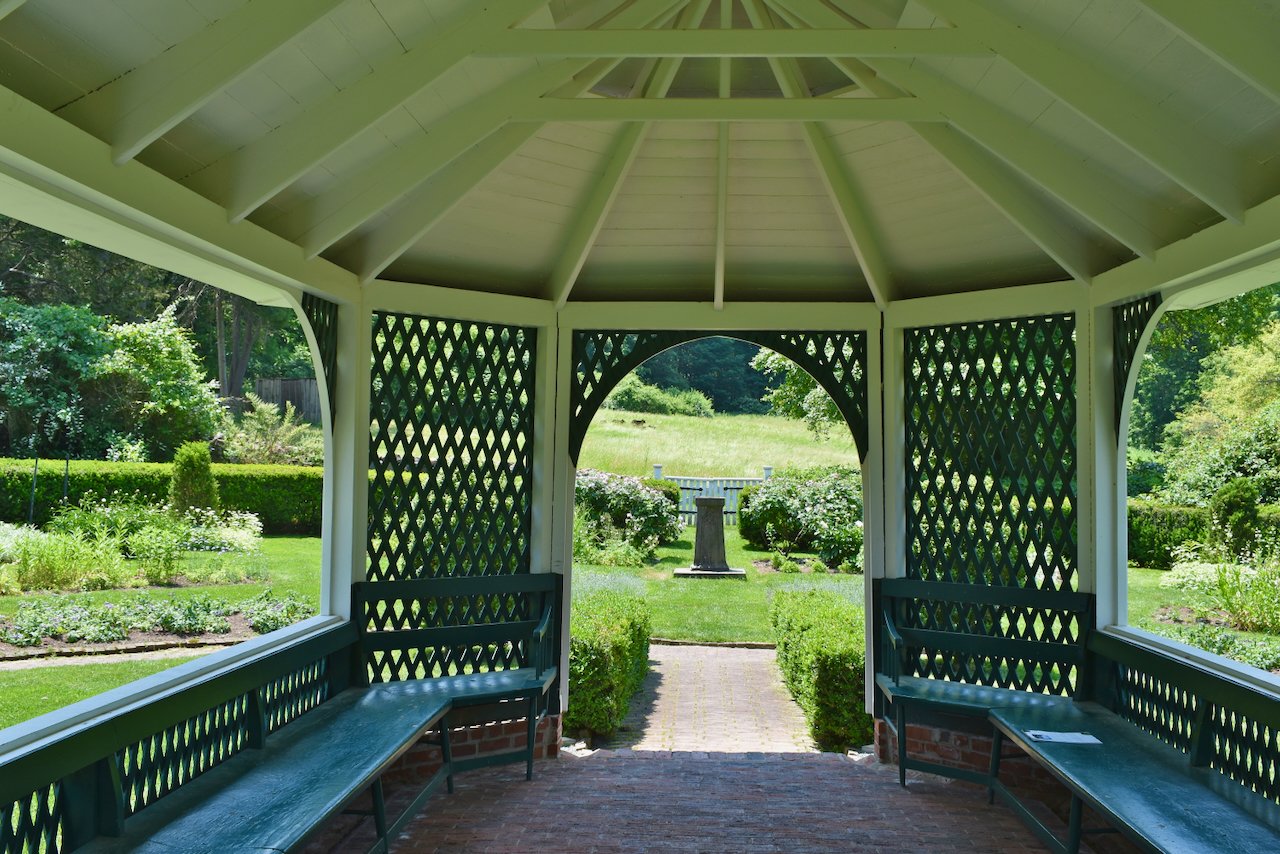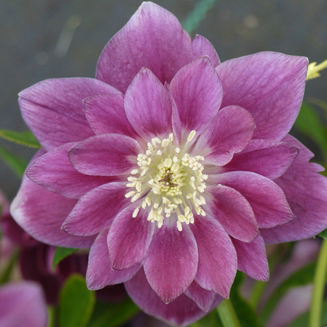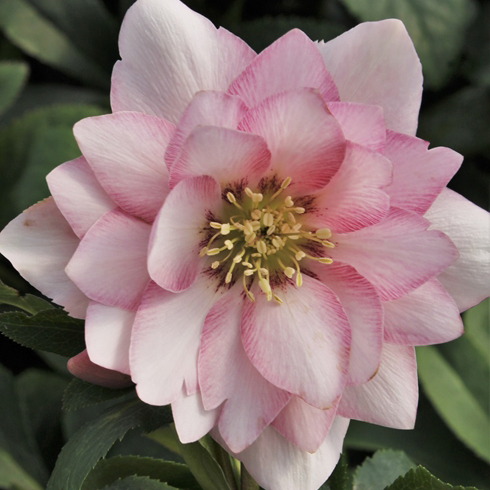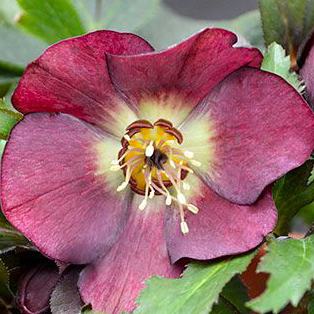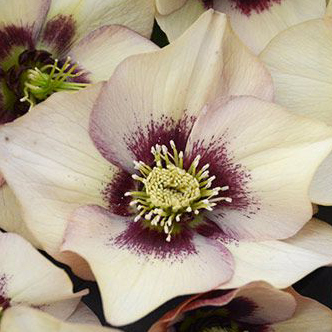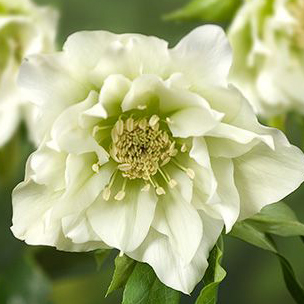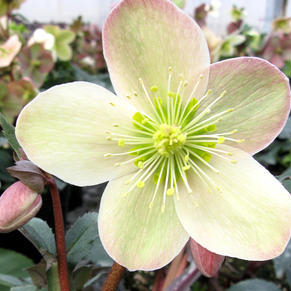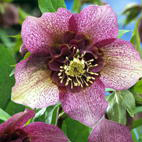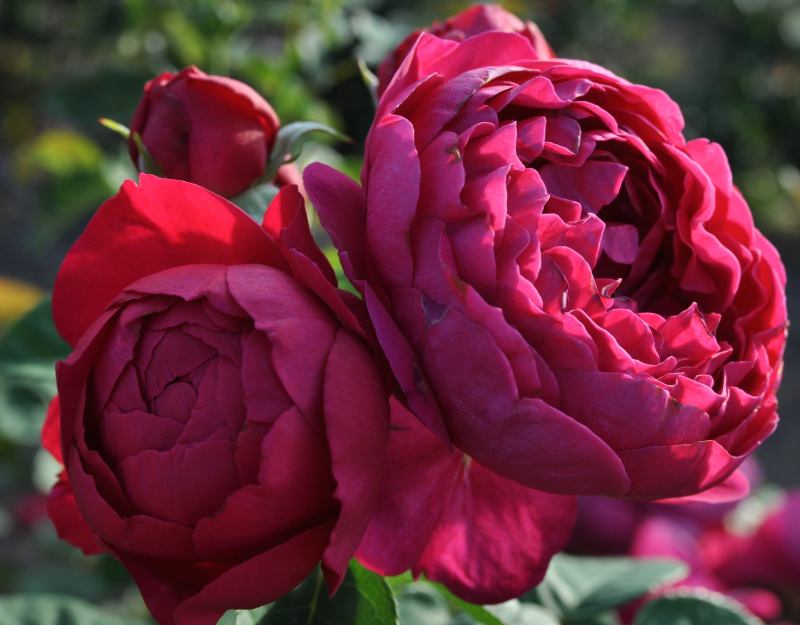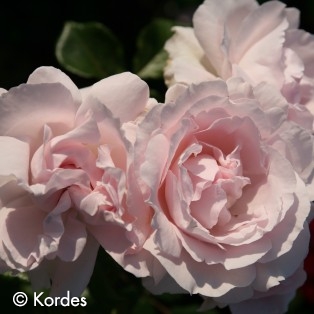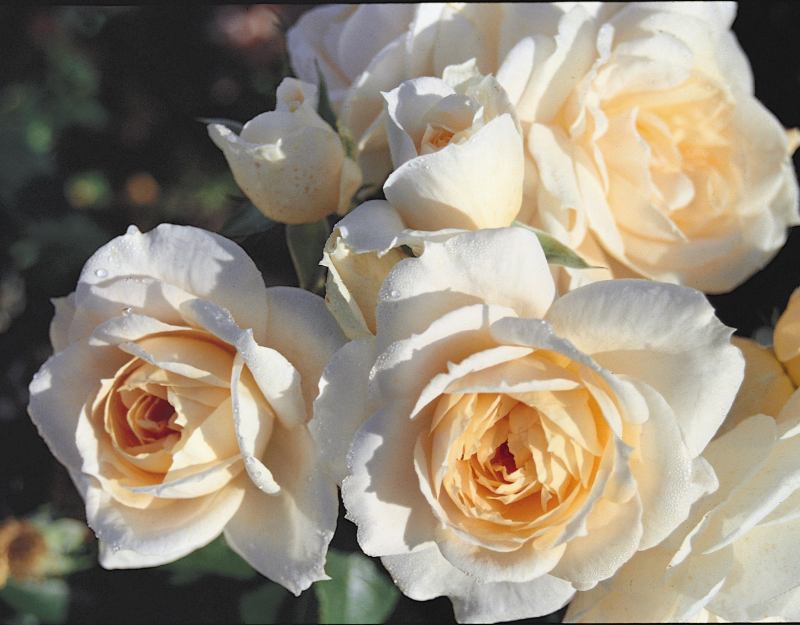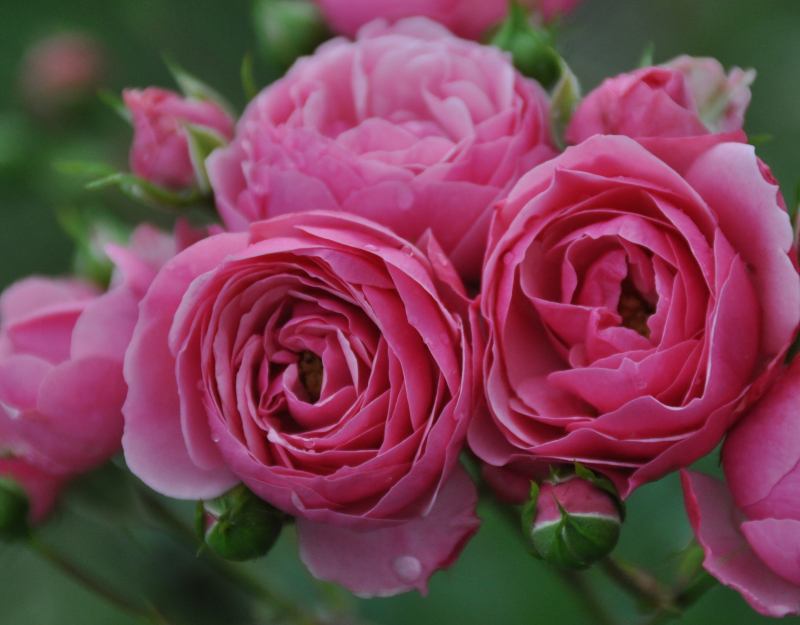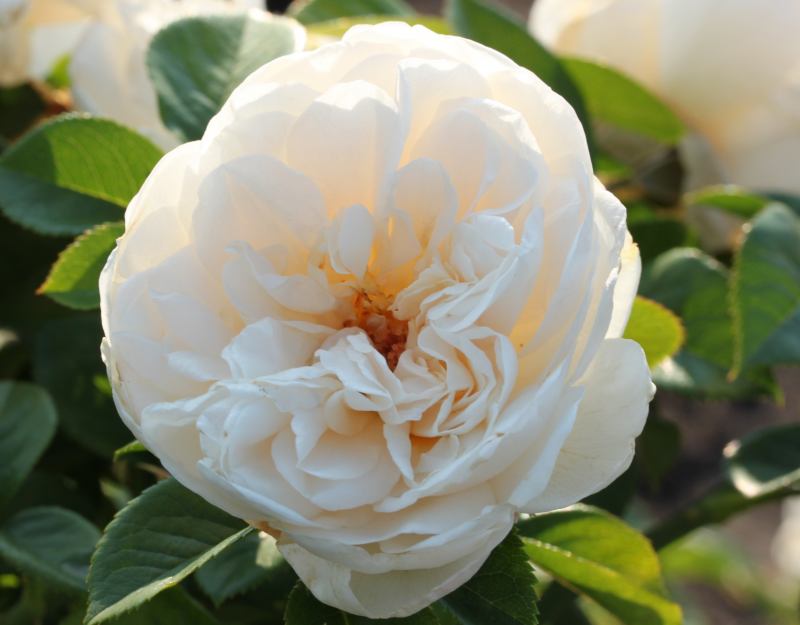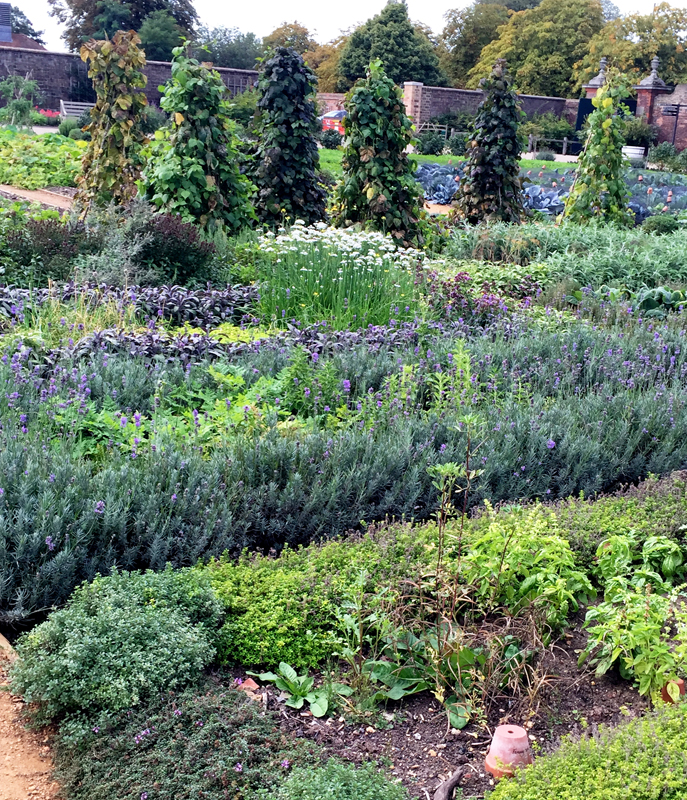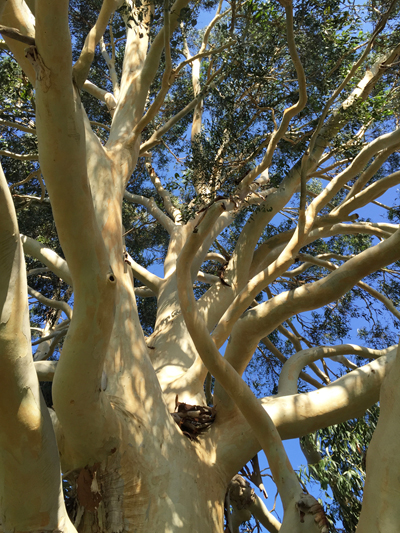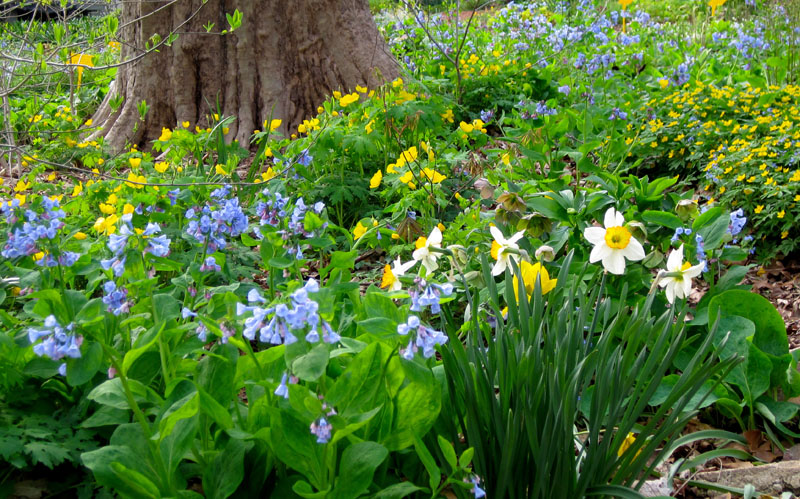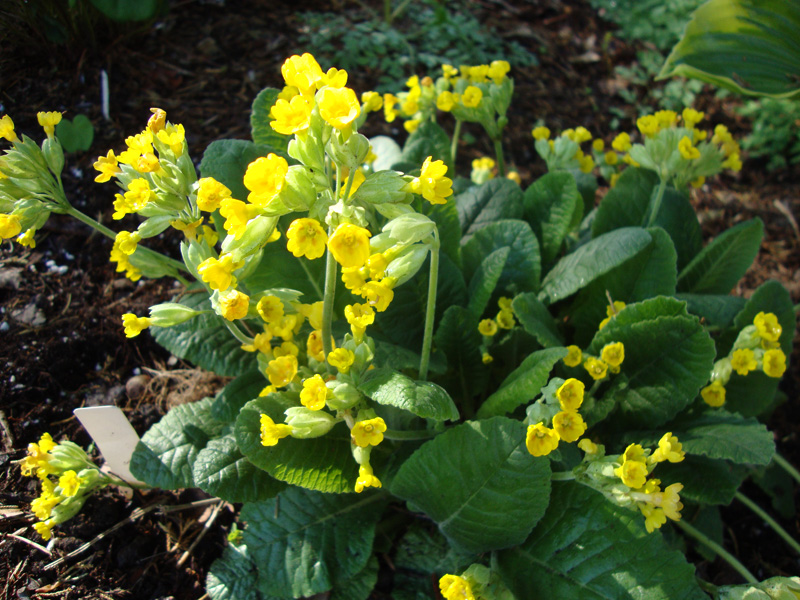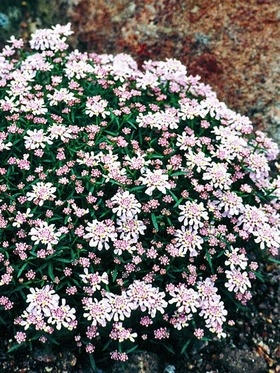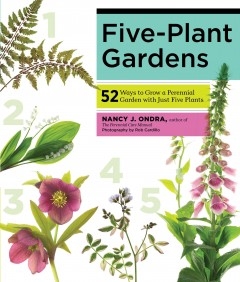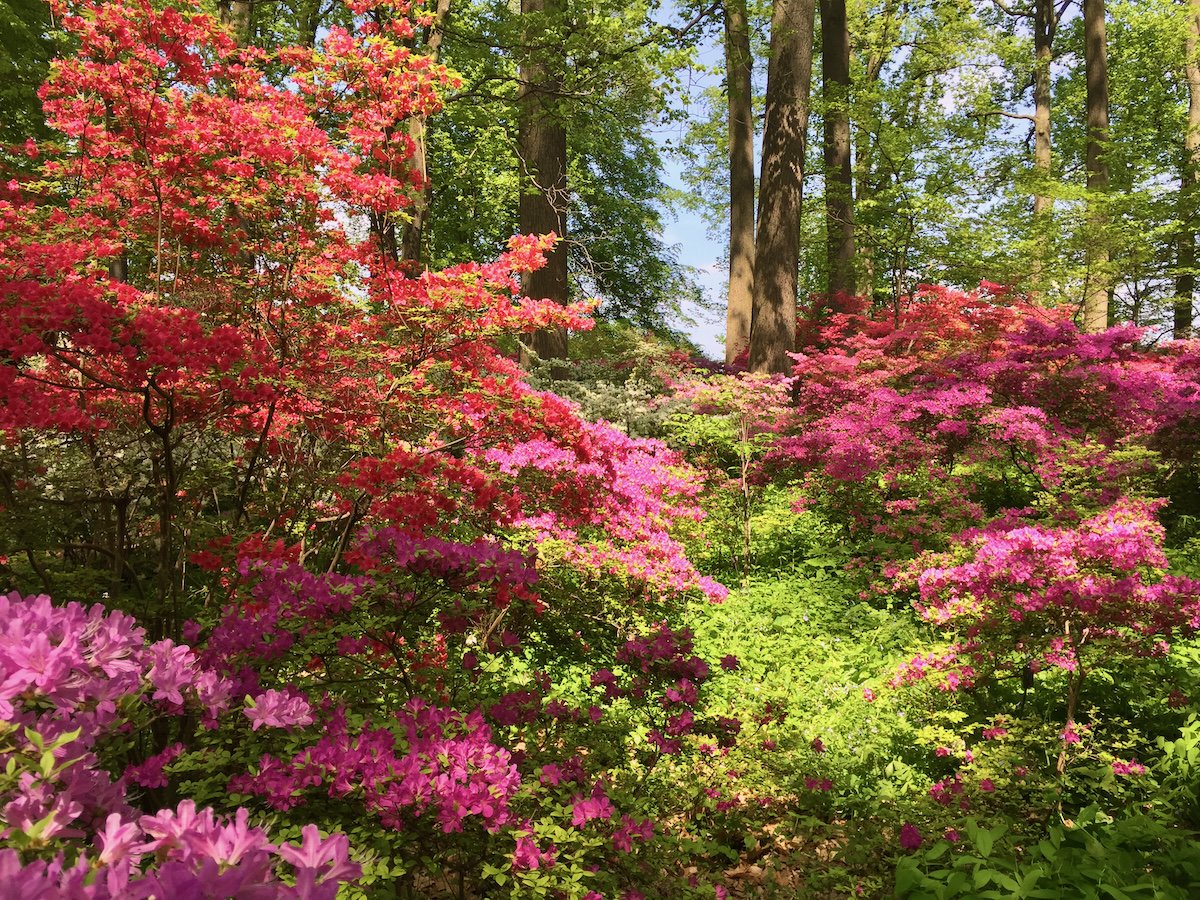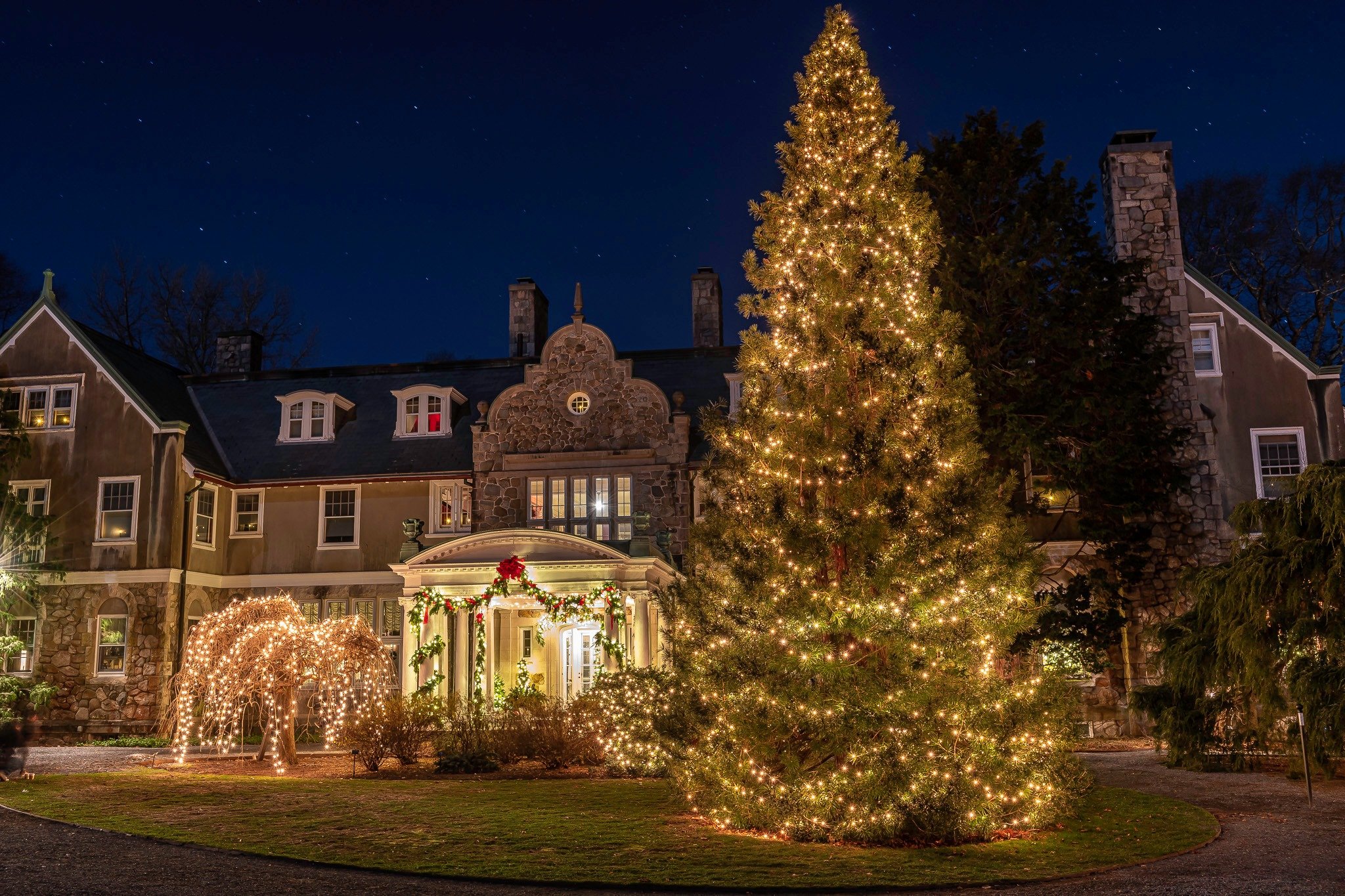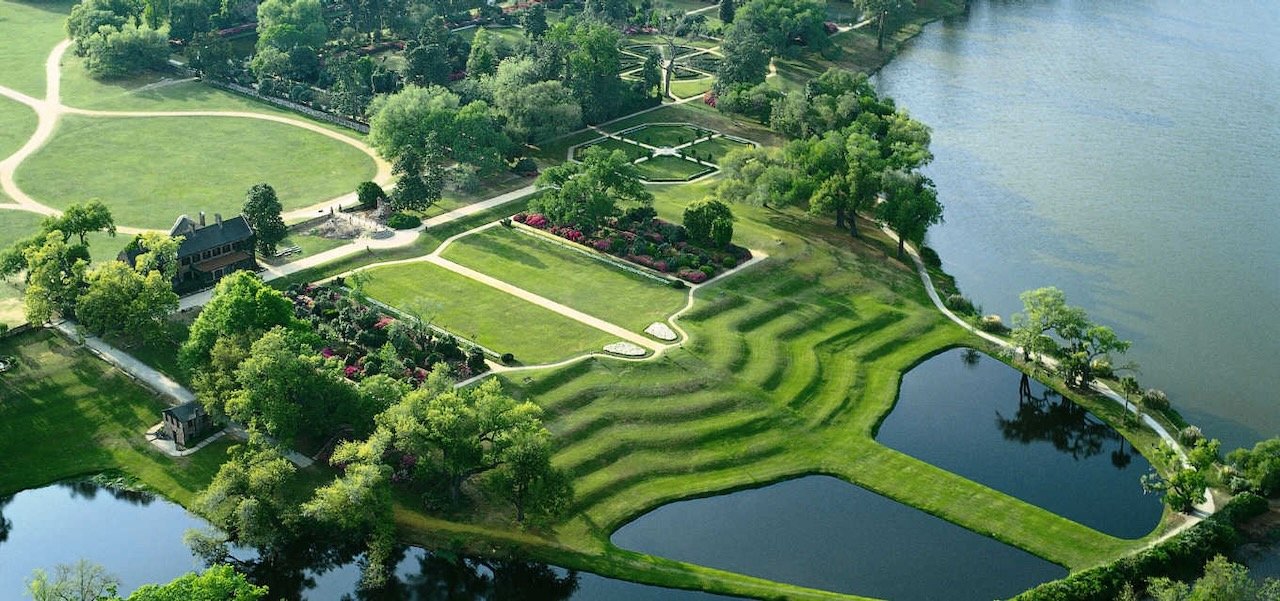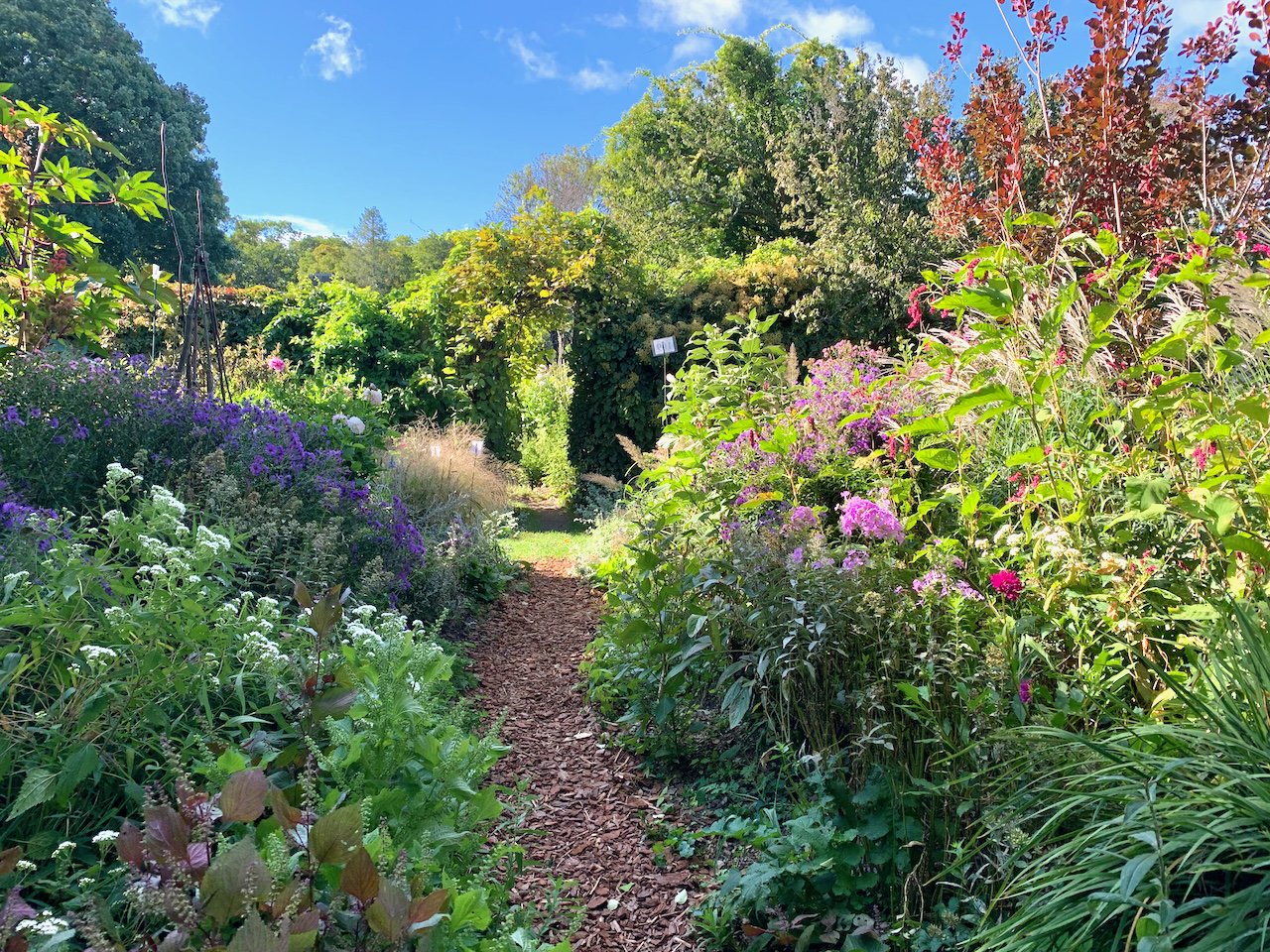Poetry, Garden and Art at the Hill-Stead Museum
/In addition to wonderful botanic gardens, New England is rich with historic estates and their beautiful gardens. If you are traveling through Connecticut on Rte. 84, you can visit one such estate located west of Hartford - Hill-Stead Museum in Farmington. Hill-Stead offers a unique glimpse into the lifestyle of a well-to-do family at the turn of the 20th century. Set on 152 acres, the estate houses a fabulous art collection including Impressionist paintings by Mary Cassatt, Edge Degas, Edouard Manet, Claude Monet, and James McNeill Whistler, as well as a print collection spanning 400 years.
Hill-Stead was the first architectural project of Theodate Pope Riddle (1867-1946), who was the fourth registered female architect in the country, an early proponent of historic preservation, and caretaker of the family art collection. She designed Hill-Stead as a country home for her parents, and the 33,000 square foot Colonial-Revival mansion was completed in 1901.
When Theodate died in 1946, her will stipulated that Hill-Stead become a museum as a memorial to her parents, and "for the benefit and enjoyment of the public." She called for the house and its contents to remain intact: not the be moved, lent or sold.
Theodate's vision for Hill-Stead was not limited to the architecture - she was equally interested in the surrounding landscape. The original gardens at Hill-Stead included an expansive Walking Garden for strolling, and a Sunken Garden designed by Beatrix Farrand.
The octagonal Sunken Garden occupies nearly an acre, and boasts a summer house, brick walkways, and a stone sundial inscribed with "Art is Long, Life is Brief" in Latin. More than 90 varieties of perennials in shades of pink, blue, purple and white accented with silvery-gray foliage mimic the color palette of the Impressionist paintings found within the mansion.
July and August are perfect for visiting Hill-Stead. The tour of the home showcases beautiful antiques, decorative arts, and of course the art collection. In addition to the gardens, Hill Stead's three miles of walking trails feature a pond habits, meadows. lowland, and forests, and are a nature enthusiast's and bird watcher's paradise. The museum also hosts an annual poetry festival with five nationally acclaimed poets, poetry writing workshops, and musical entertainment. For more information, visit hillstead.org








